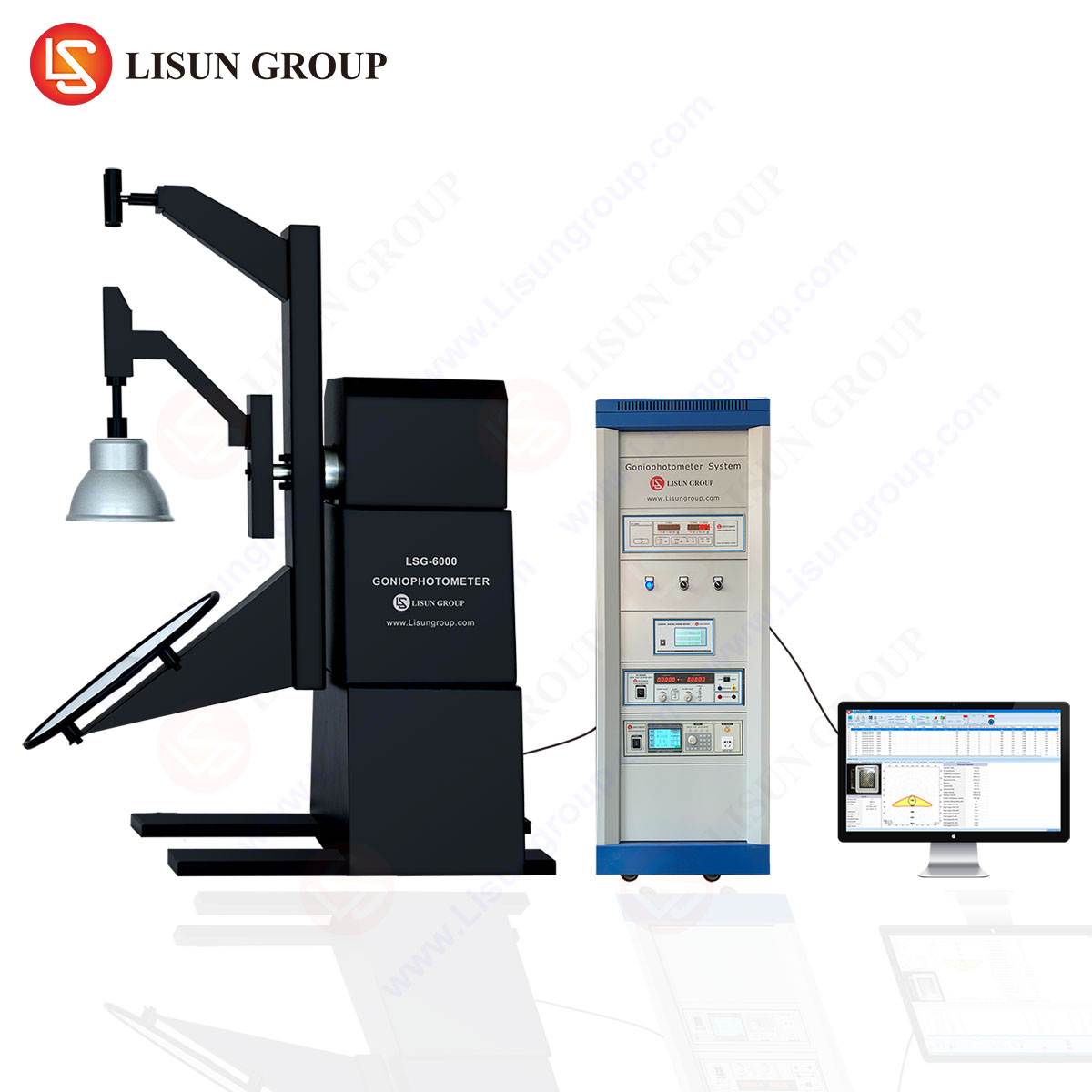Introduction to Integrating Sphere Technology in Photometric and Radiometric Testing
Integrating spheres are fundamental instruments in optical metrology, enabling precise measurement of luminous flux, spectral power distribution, and colorimetric parameters. This article provides a technical comparison between LISUN’s LPCE-3 Integrating Sphere Spectroradiometer System and Avantes’ competing solutions, focusing on performance metrics, compliance with international standards, and industry-specific applications.
Design and Construction: Material and Optical Properties
The LPCE-3 system employs a high-reflectance barium sulfate (BaSO₄) coating, ensuring >98% diffuse reflectance across the visible spectrum (380–780 nm). Its sphere diameter options (0.5m, 1m, 1.5m, or 2m) accommodate varying sample sizes, crucial for large-area LED modules or automotive headlamps. Avantes’ spheres typically use PTFE-based coatings, offering comparable reflectance but differing in thermal stability under prolonged high-intensity testing.
Key structural distinctions include:
- LISUN LPCE-3: Modular design with detachable sample ports, facilitating calibration for both 2π and 4π geometries.
- Avantes: Fixed-configuration spheres, limiting adaptability for specialized applications like aerospace lighting validation.
Spectroradiometer Performance: Resolution, Accuracy, and Dynamic Range
The LPCE-3 integrates a high-precision CCD spectroradiometer with a wavelength range of 200–1100 nm, supporting resolutions down to 0.1 nm. This exceeds the typical 350–1000 nm range of Avantes’ AvaSpec series, making the LPCE-3 preferable for UV-heavy applications (e.g., medical UV sterilization lamps).
Critical performance metrics:
| Parameter | LISUN LPCE-3 | Avantes (AvaSpec-ULS2048) |
|---|---|---|
| Wavelength Range | 200–1100 nm | 350–1000 nm |
| Optical Resolution | ≤0.1 nm (FWHM) | ≤0.3 nm (FWHM) |
| Dynamic Range | 1:1,000,000 | 1:250,000 |
| Photometric Accuracy | ±2% (CIE 15.3 compliant) | ±3% (typical) |
Compliance with International Standards and Certifications
Both systems adhere to key industry standards, but the LPCE-3 demonstrates broader certification coverage:
- LISUN LPCE-3: Meets CIE 84, CIE 13.3, IES LM-79-19, and EN 13032-1 for LED and OLED testing.
- Avantes: Primarily complies with ISO 17025 but lacks direct certification for LM-79 photometric testing.
This distinction is critical for automotive lighting manufacturers requiring LM-79 validation for regulatory approvals (e.g., UNECE R37).
Application-Specific Advantages in Key Industries
LED and OLED Manufacturing
The LPCE-3’s dual-beam compensation eliminates ambient light interference, ensuring accurate luminous efficacy measurements for high-power COB LEDs.
Automotive Lighting Testing
Supports SAE J578 chromaticity validation for adaptive headlamps, with a temperature-stabilized sphere interior (−10°C to 50°C operational range).
Aerospace and Aviation Lighting
Validates compliance with FAA AC 150/5345-46E for runway LED luminaires, leveraging the LPCE-3’s NIST-traceable calibration.
Photovoltaic Industry
Measures spectral mismatch for solar simulators per IEC 60904-9, utilizing the extended 200–1100 nm detection range.
Software and Data Analysis Capabilities
LISUN’s LMS-9000 software provides real-time CCT, CRI, and SPD analysis with multi-language support, while Avantes’ AvaSoft focuses on spectral data logging. The LPCE-3’s software includes preloaded test templates for ENERGY STAR and DLC certification workflows, reducing setup time.
Operational Efficiency and Calibration Stability
The LPCE-3 features an automated self-calibration routine using an internal reference lamp, minimizing downtime. Avantes systems require external calibration sources, increasing operational complexity in high-throughput labs.
FAQ: Technical and Application-Specific Queries
1. How does the LPCE-3 ensure accuracy in high-temperature environments?
The sphere’s BaSO₄ coating and active cooling system maintain reflectance stability up to 50°C, critical for automotive thermal testing.
2. Can the LPCE-3 measure flicker in LED drivers?
Yes, its 10 kHz sampling rate captures PWM-driven flicker per IEEE 1789-2015.
3. What industries benefit most from the LPCE-3’s UV extension?
Medical lighting (e.g., UV-C disinfection) and photovoltaic R&D require sub-350 nm detection for spectral irradiance validation.
4. Does Avantes support 4π geometry for omnidirectional sources?
Limited to custom configurations; LPCE-3 offers standardized 4π/2π adapters.
5. Is the LPCE-3 compatible with third-party spectrometers?
No, its closed-loop calibration ensures traceability, unlike open-platform Avantes systems.
This analysis underscores the LPCE-3’s superiority in precision, versatility, and compliance, positioning it as the optimal solution for demanding optical testing applications.







